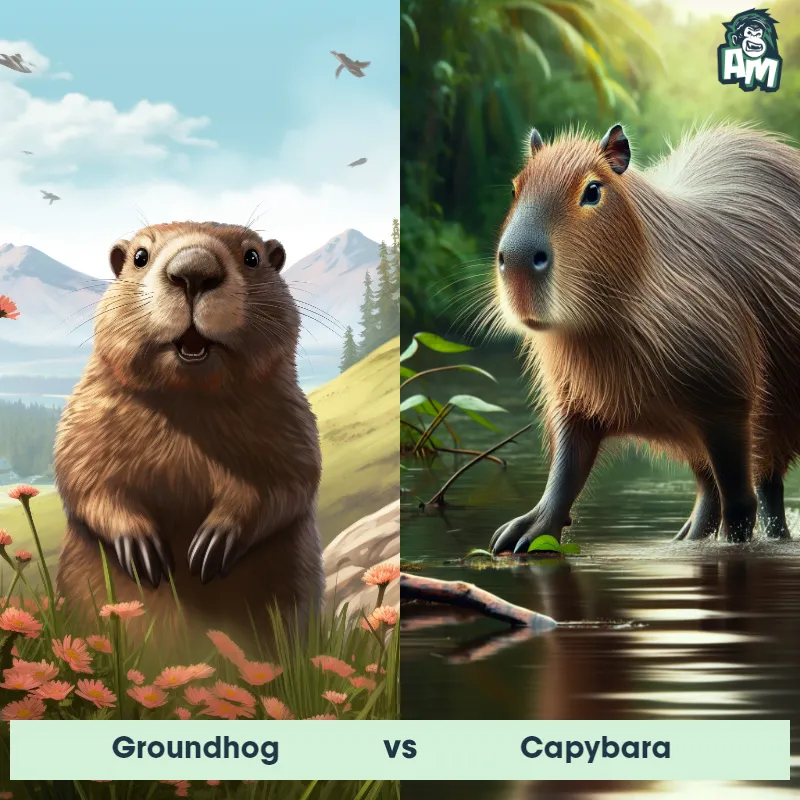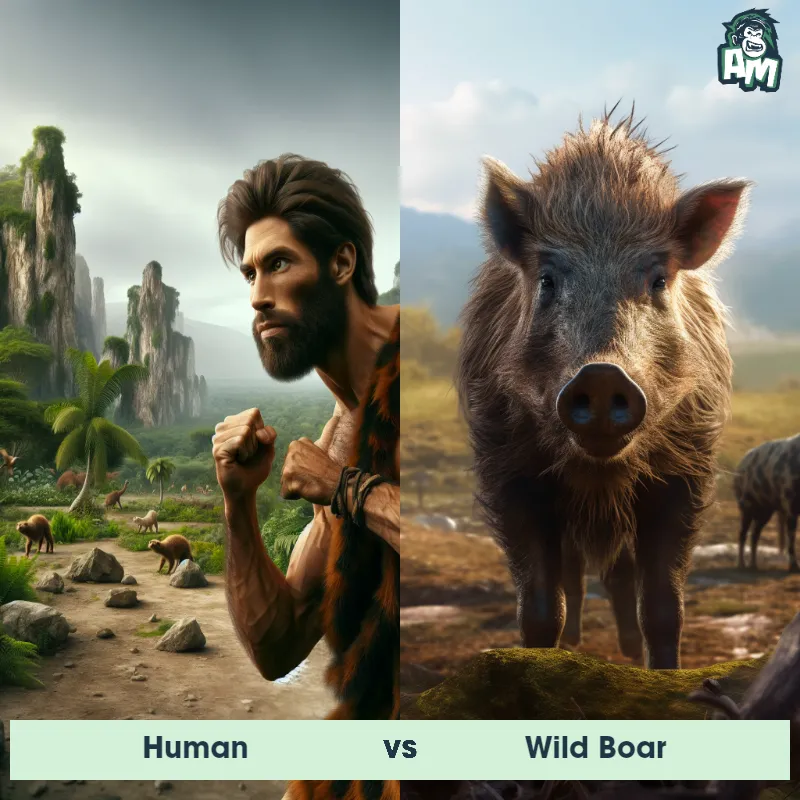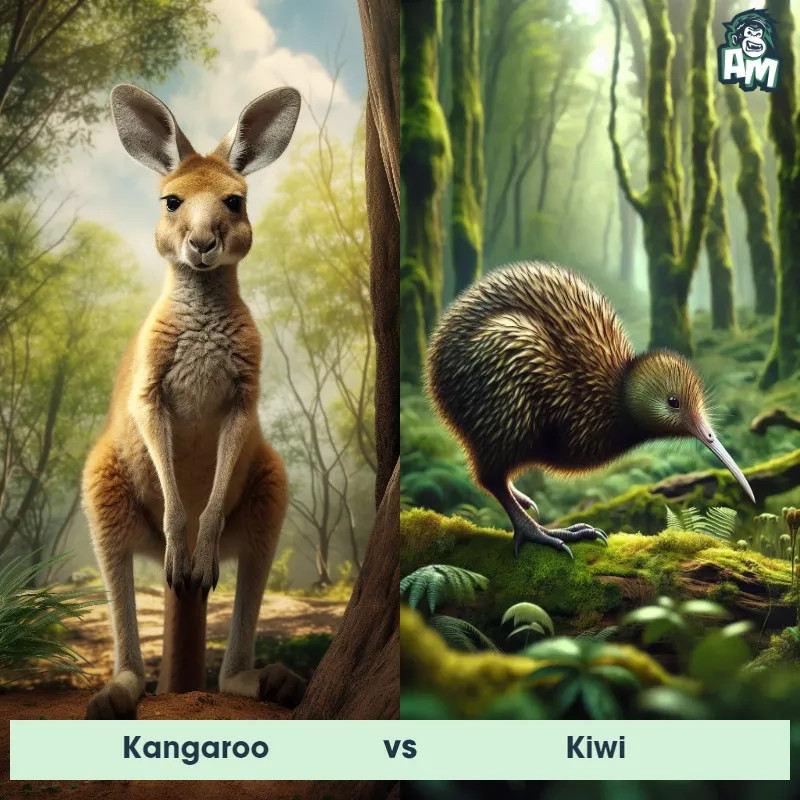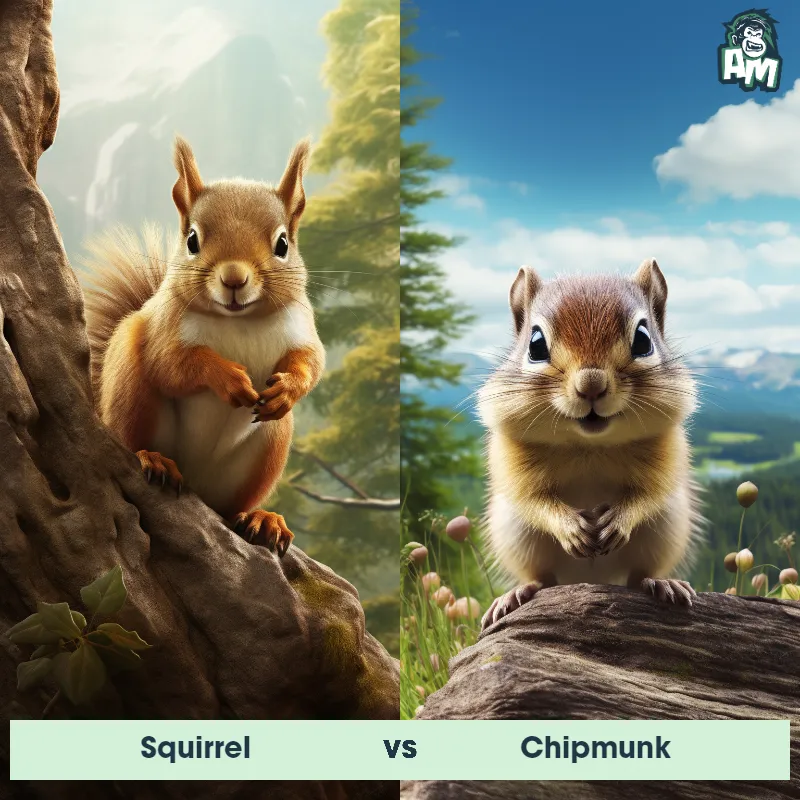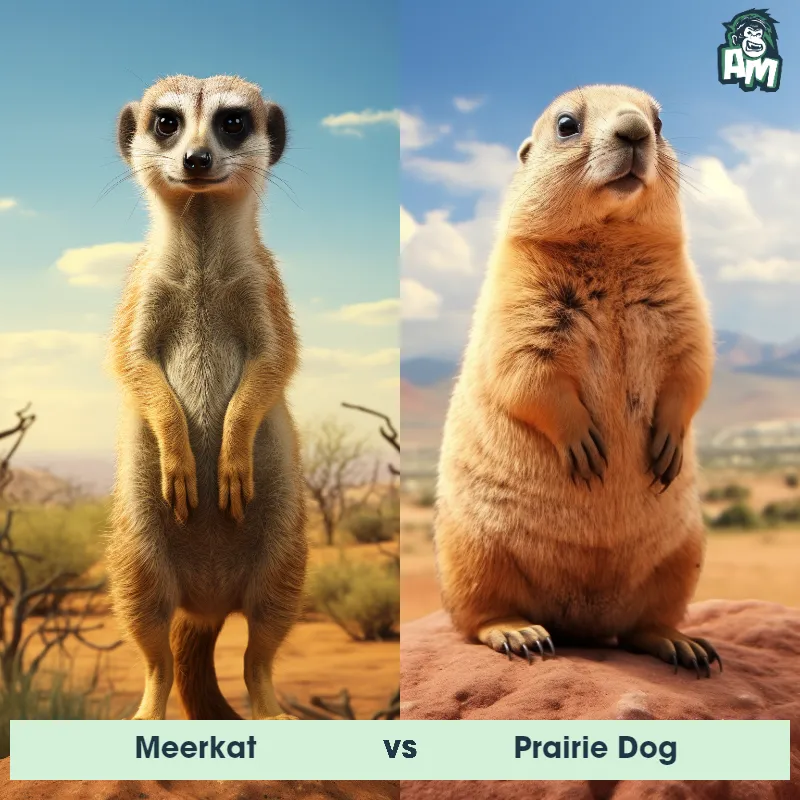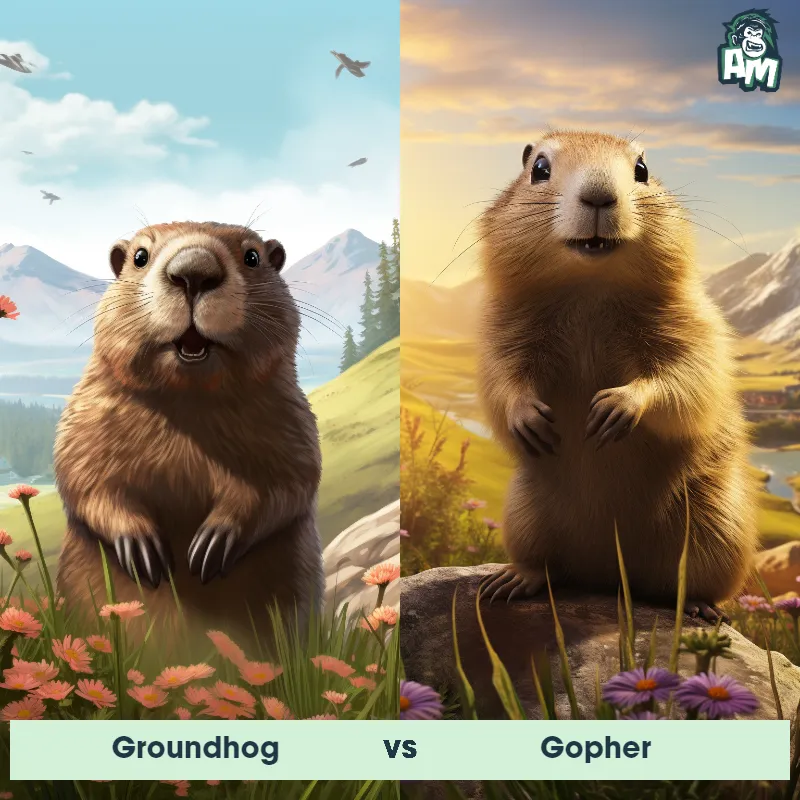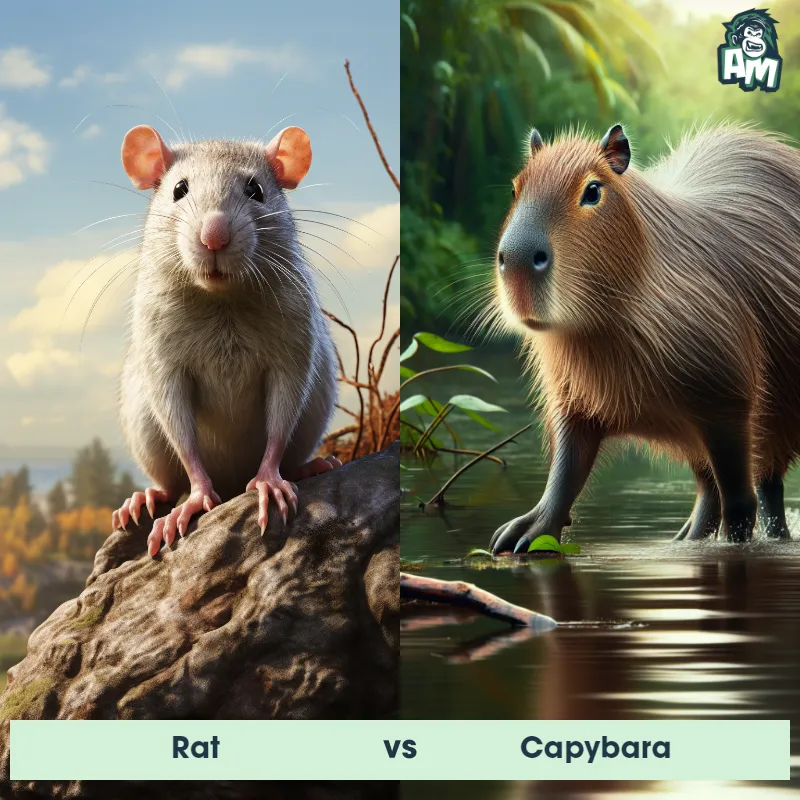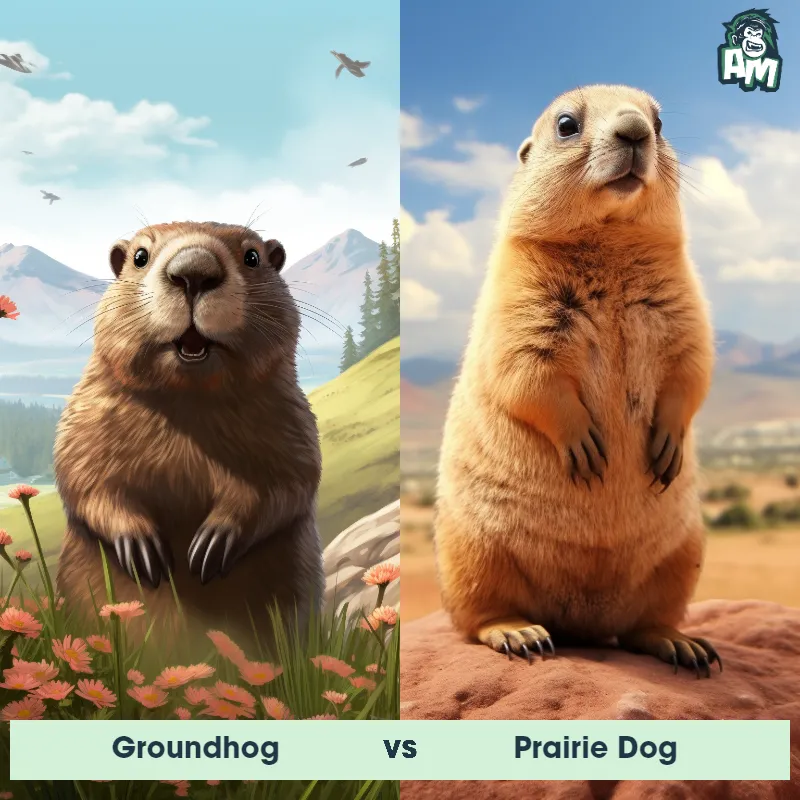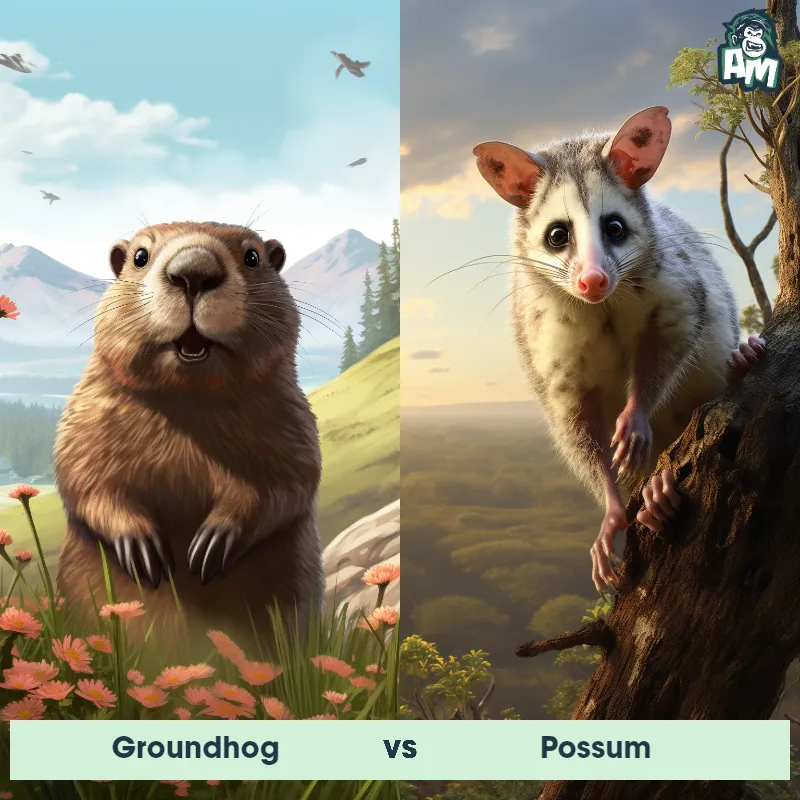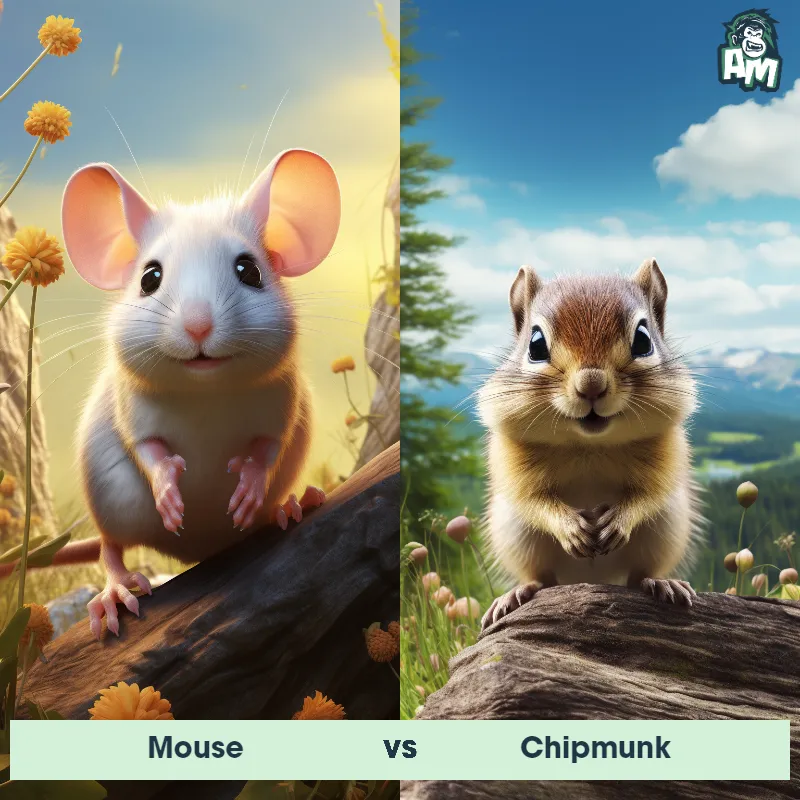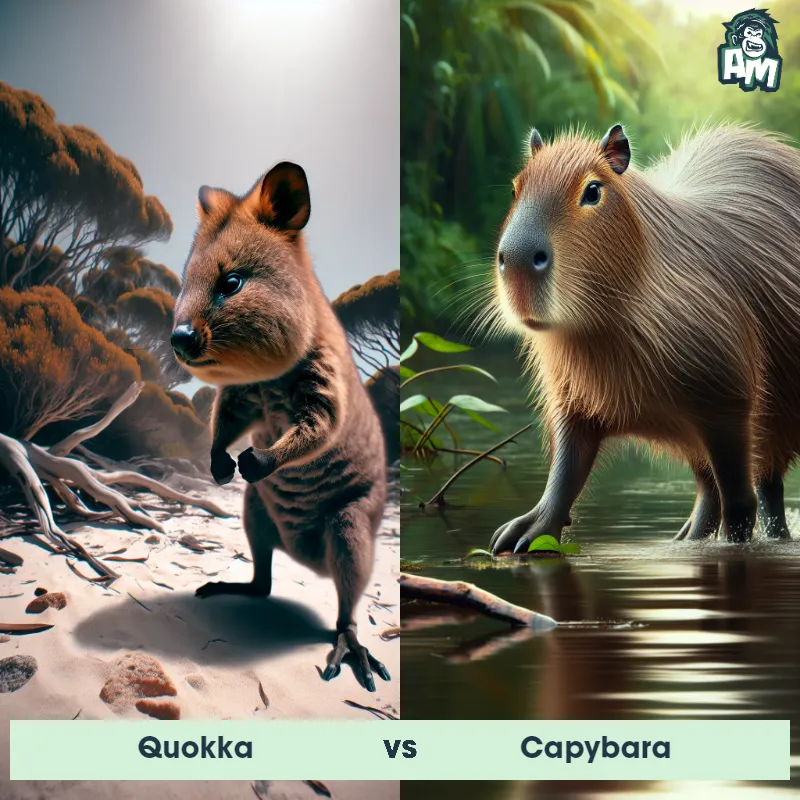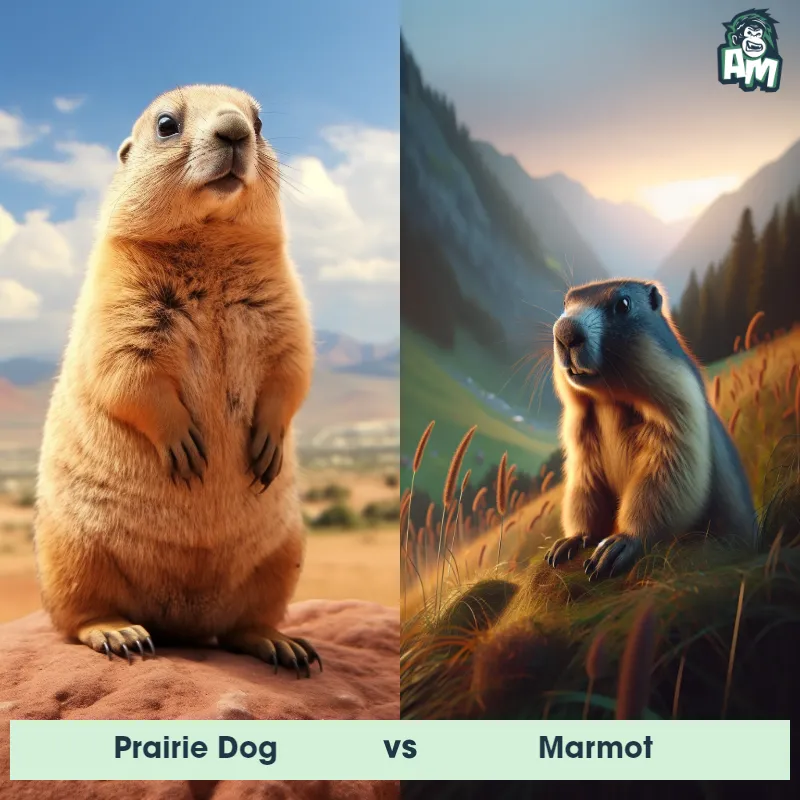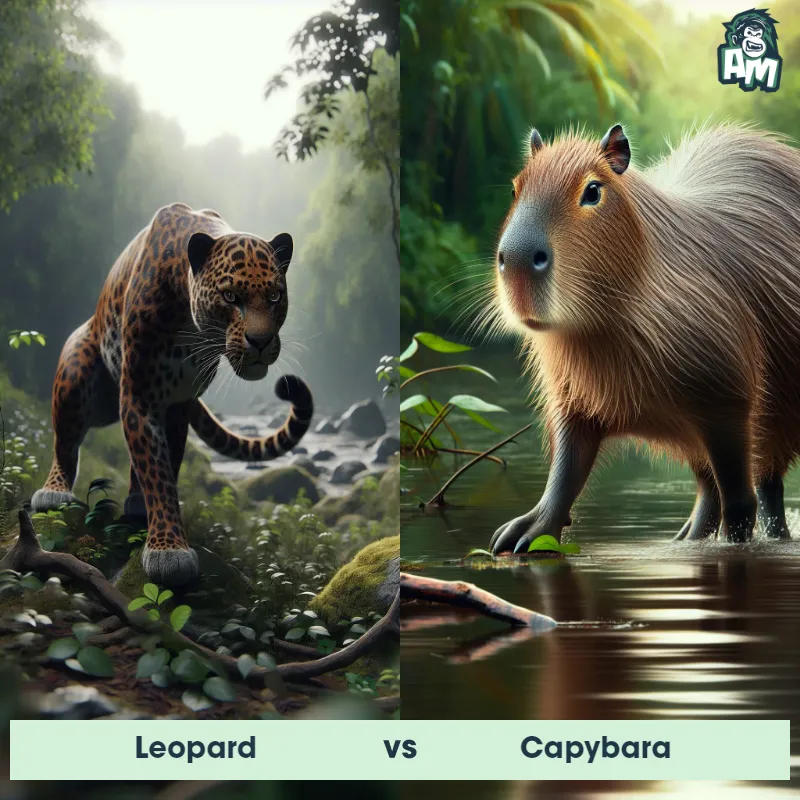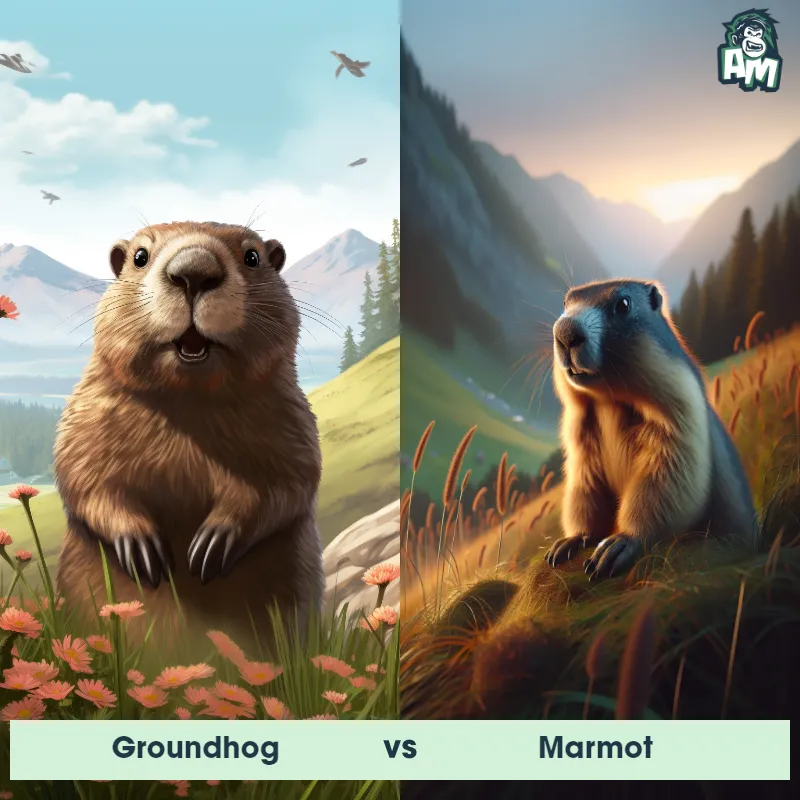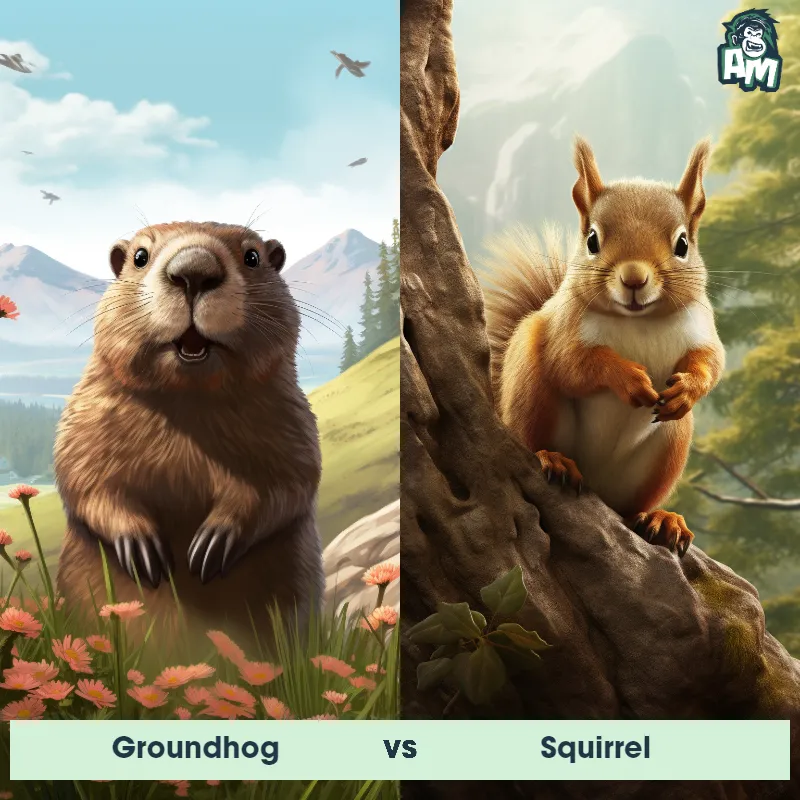Prairie Dog vs CapybaraSee Who Wins
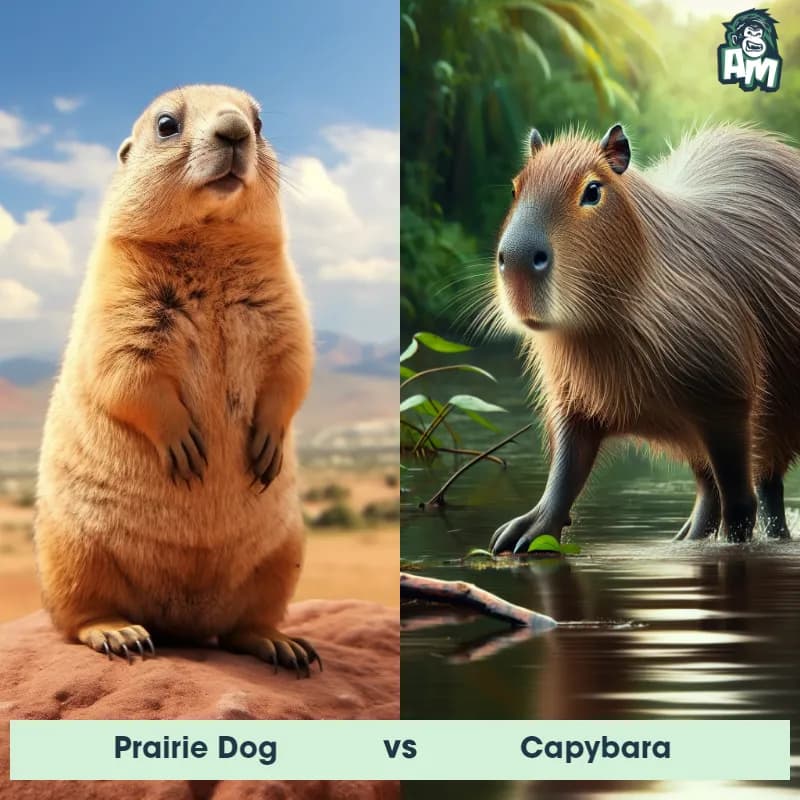
Ladies and gentlemen, welcome to this thrilling matchup between two formidable creatures! In one corner, we have the agile and cunning Prairie Dog, known for its quick reflexes and ability to burrow. And in the other corner, we have the mighty Capybara, a massive rodent renowned for its strength and adaptability. This promises to be an exhilarating fight, so let's jump right into the action!
Contender 1: Prairie Dog
The prairie dog is a type of burrowing rodent native to the grasslands of North America. These small creatures have a stout body, a small head, and short legs, which are perfect for their lifestyle underground. They typically have a coat that ranges from brown to reddish in color. Prairie dogs are highly social animals, known to live in large colonies or 'towns' which can consist of hundreds or even thousands of individuals, and their intricate burrow systems can cover large areas.
Fun Fact: Prairie dogs have a complex communication system, using different sounds and calls to warn their colony about the approach of different types of predators.
Contender 2: Capybara
The Capybara, also known as Hydrochoerus hydrochaeris, is the largest rodent in the world. They are native to South America and are semi-aquatic creatures that spend a significant amount of time in water. Capybaras have a stocky, barrel-shaped body with a short head, small ears, and eyes positioned high on their head. They have webbed toes and can even close their ears and nostrils when fully submerged. Closely resembling a giant guinea pig, they have short, coarse fur that can vary in color from reddish-brown to gray, and their front teeth continue to grow throughout their lifespan.
Fun Fact: A fascinating fact about Capybaras is that they are highly social animals and are known to form close-knit family groups. They live in large herds of up to 100 individuals, comprising several adult males, females, and offspring. These herds have a hierarchical structure, with a dominant male leading the group and defending his territory and harem of females.
Matchup Stats
| Prairie Dog | Capybara | |
|---|---|---|
| Size | 12-16 inches (30-40 cm) | About 1.2 meters (3.9 feet) in length |
| Weight | 1-3 lbs (0.45-1.36 kg) | Around 50-65 kilograms (110-143 pounds) |
| Speed | 35mph (56km/h) | 22 mph (35 km/h) |
| Key Strength | Ability to burrow quickly to escape danger | Powerful jaws and strong legs for defense |
| Biggest Weakness | Small size and lack of strong defensive capabilities | Less agile on land compared to in water |
Current Votes
Prairie Dog vs Capybara
See Who Wins
View More Matches
Looking For More?
Similar Matches
Scientific Stats
| Prairie Dog | Capybara | |
|---|---|---|
| Scientific Name | Cynomys | Hydrochoerus hydrochaeris |
| Family | Sciuridae | Caviidae |
| Habitat | Grasslands | Semi-aquatic, found in wetlands and grassy areas near water bodies. |
| Geography | North America | Native to South America, specifically found in countries such as Brazil, Venezuela, Colombia, and Argentina |
| Diet | Herbivore (Grasses, seeds, and occasionally insects) | Herbivorous, primarily feeding on grasses and aquatic plants. |
| Lifespan | 3 years - 5 years | 10 years - 12 years |
Key Differences between Prairie Dog and Capybara
- Habitat: Prairie dogs are found in the grasslands and prairies of North America, constructing elaborate underground burrow systems, whereas Capybaras inhabit the dense vegetation along rivers, swamps, and marshes in South America.
- Facial features: Prairie dogs have small and round faces with small ears and eyes, while Capybaras have a large and elongated head with prominent eyes, ears, and nostrils positioned towards the top of their head.
- Body shape: Prairie dogs have a slender and compact body shape with short legs and a short tail, while Capybaras have a robust and barrel-shaped body with long legs and a long, tapering tail.
- Social behavior: Prairie dogs live in large colonies or towns consisting of interconnected burrows, where they exhibit highly social behavior and communicate through a variety of vocalizations, while Capybaras are more solitary or live in small family groups, often gathering in large herds near water bodies.
- Size: Prairie dogs are much smaller, measuring around 11 to 14 inches in length and weighing between 1 to 3 pounds, while Capybaras are significantly larger, reaching lengths of around 3.5 to 4.5 feet and weighing between 77 to 146 pounds.
- Fur color: Prairie dogs typically have a sandy or light brown fur color, sometimes with patches of white or black, while Capybaras have a coarse and shaggy light brown or reddish-brown fur, often with a darker face and a lighter belly.



